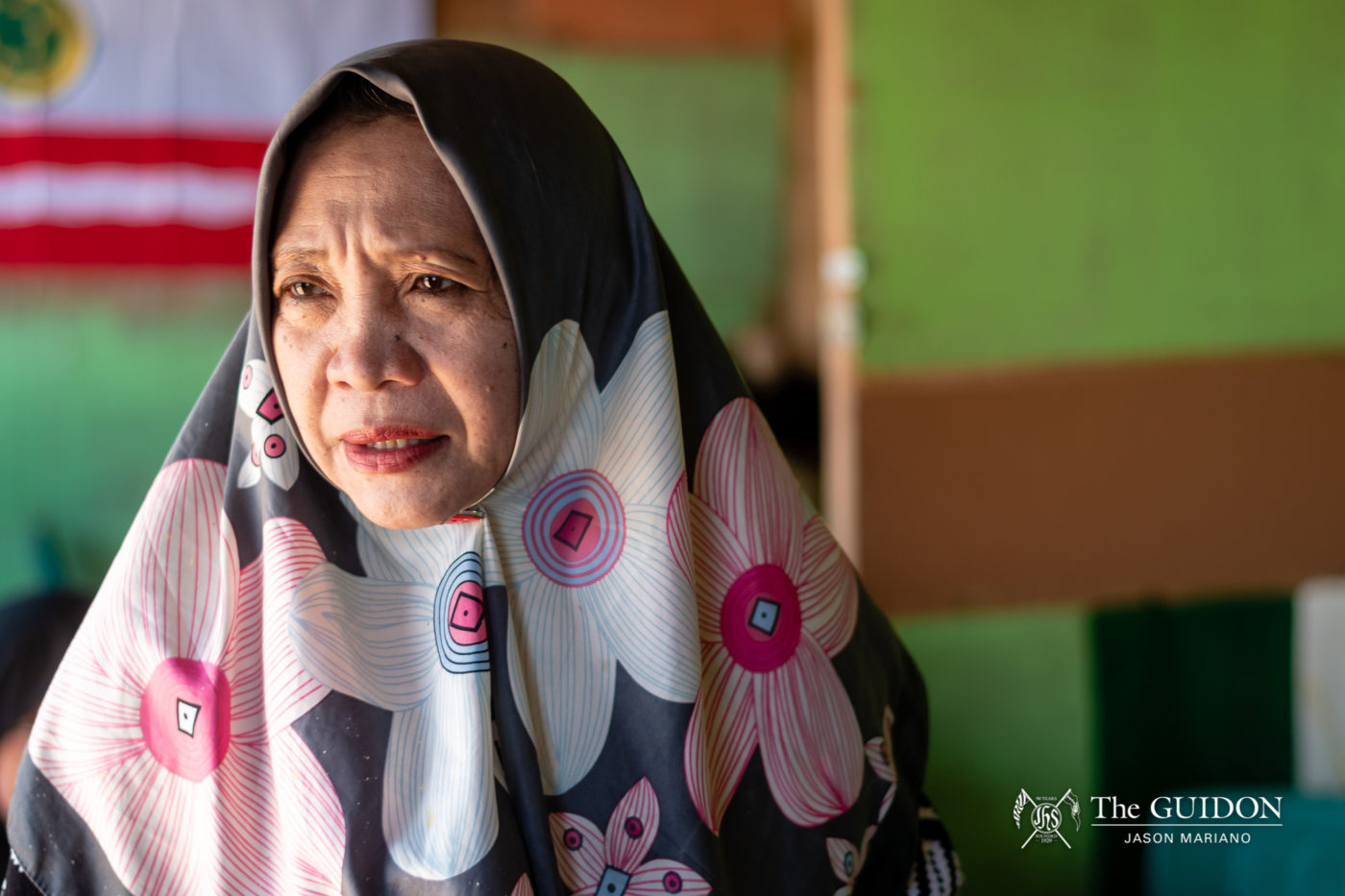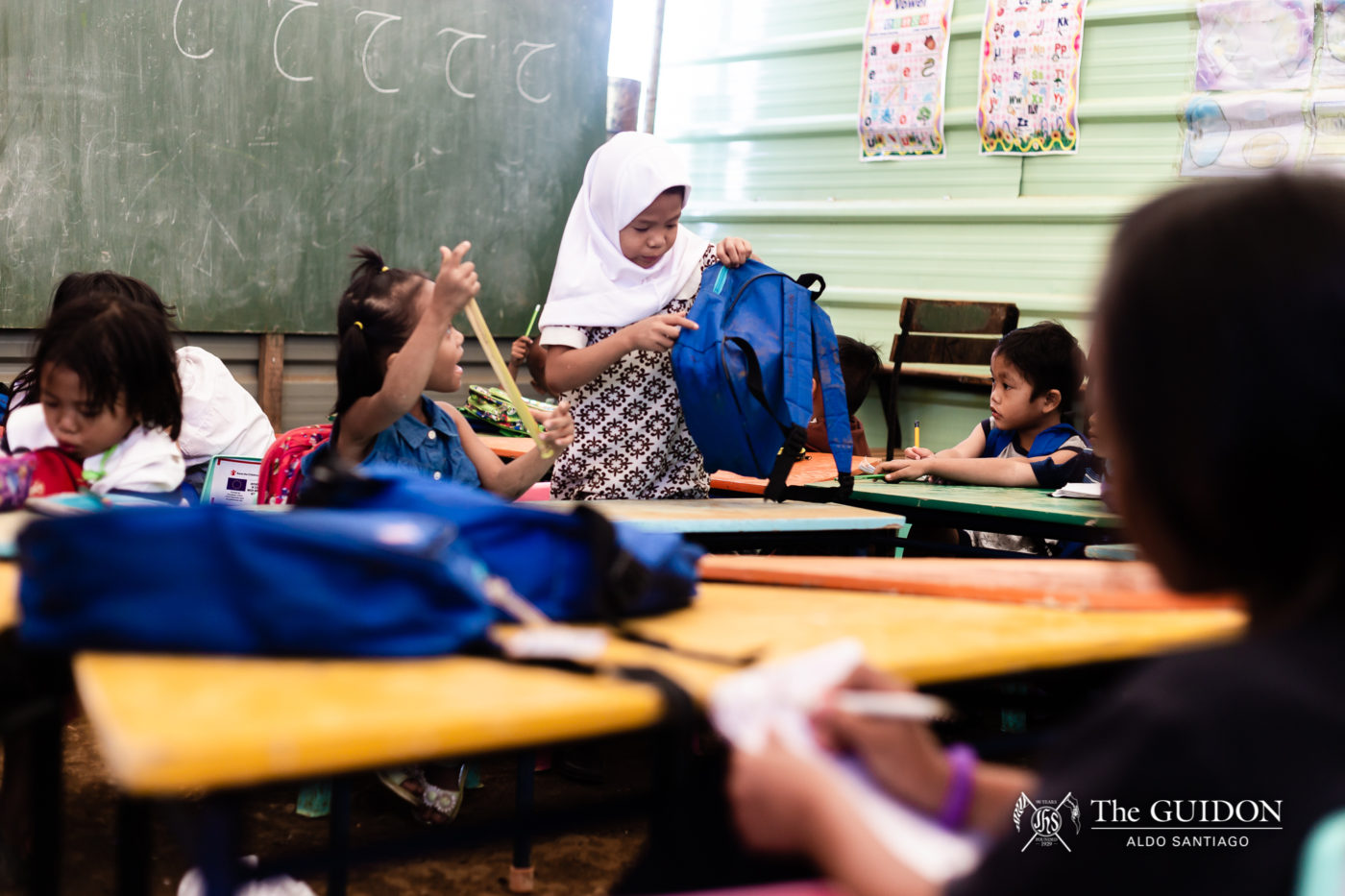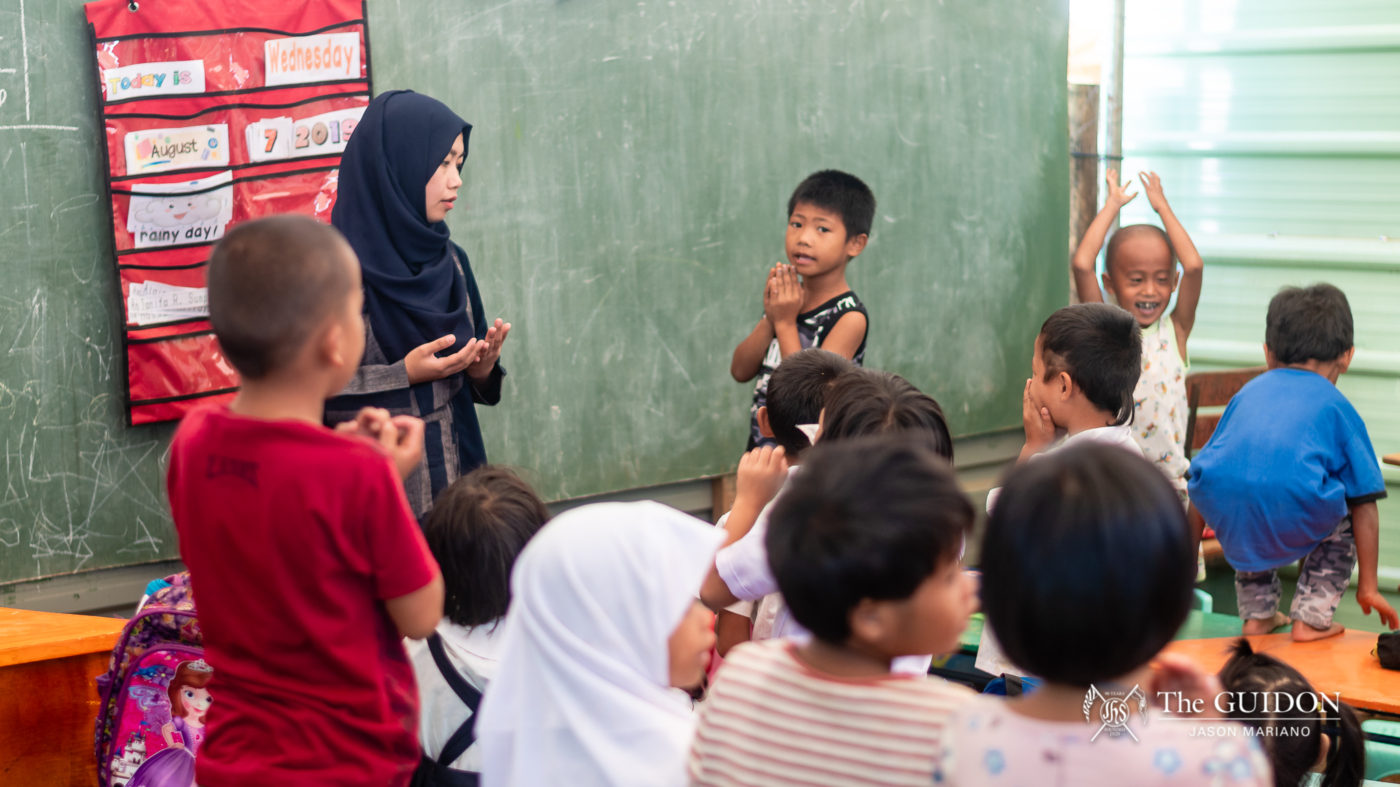IT HAS been two years since the siege that devastated the heart of Marawi City, but full recovery remains far out of arm’s reach to this very day. Obstacles to this include unexploded ordnances, possible threats of extremist resurgence, low trust in the national government, and the Armed Forces of the Philippines’ “poorly managed post-conflict rehabilitation.”
The ongoing fight for access to education is another, but recent strides have been made in the attempt to overcome this. For example, in November 2018, Philippine Business for Social Progress Executive Director Reynaldo Laguda mentioned that a construction project worth Php 3.5 billion—sponsored by the Coca Cola Foundation—was set to provide two school buildings in Barangay Gadongan.
Moreover, September 2018 saw the Philippine Disaster Resilience Foundation (PDRF), along with the Project Handclasp Foundation and the US-Philippines Society, turn over Smart School-in-a-Bag kits to learning institutions such as Tuca Boganga Elementary School as part of its Children of Marawi project. Smart School in-a-Bag kits serve as “a portable digital classroom designed to facilitate learning in remote areas without electricity.”
The Office of the Vice President also recently turned over two-classroom buildings to Mapandi Elementary School in Barangay Gadongan. Several other classrooms and housing units were built through Vice President Leni Robredo’s anti-poverty program called Angat Buhay.
A Maranao educator’s plight
PDRF President Rene Meily emphasized the need to prioritize access to education in war-torn areas like Marawi City. “Getting children back into school…will change the trajectory of these children’s lives and help make lasting peace attainable,” he said.

Such is the philosophy of Marawi Sarimanok Elementary Pilot School Principal Linda Adiong Selic, who, along with other former Marawi-based professors, established a makeshift school at Sarimanok Tent City Area 2, Marawi City. Selic shared that she and her fellow professors used to teach in various schools in Ground Zero. Not all of them were employed under the same institutions, but after the siege, Selic resolved to find enough teachers to join her mission to continue the education of the displaced Maranao youth. “Pinaka-importante sa amin [ay] kahit sino [mapasok] namin sa paaralan (The most important thing for us is to ensure that we’re able to get anyone and everyone into school),” she said.

This was much easier said than done, especially with the educators’ lack of facilities. Acquiring the right materials was among the first, and most difficult, struggles the “tent school” had to face. But with the help of donations from non-profit organizations like Save the Children Philippines and the Philippine Red Cross, Selic was able to secure enough tents, tables, chairs, and blackboards to house and accommodate nearly 200 IDPs. The school’s operations officially began in July 2019 and Selic’s group of educators currently teach students from grades two to seven. However, aside from the facilities, educators in Marawi also value the Islamization of education, which has long catered to the distinct socio-cultural traditions of Muslim Mindanao. This is evident even in makeshift schools like that of Sarimanok Tent City Area 2, wherein students are taught about Arabic language and Islam alongside subjects like math, english, and social sciences.

The need for depth
Selic explained that Islam-centered education is integral to the development of the Muslim youth, especially after a situation as traumatic as the five-month long siege. Even at the primary level, Muslim students are taught about the language and history of their faith in hopes that it may establish a sense of identity and illuminate a path—or “destination,” as Selic put it—for the students to look forward to after the war.
This Islamized curriculum is institutionalized by the Department of Education (DepEd) as part of their “Education for All” mandate. In 2004, DepEd released DepEd Order (DO) No. 51, which ordered madaris (i.e., Islamic educational institutions) nationwide to adopt the Madrasah Educational Program on top of conventional schooling.
DO No. 51 aims to address Muslim ignorance about their religion and the language of their Holy Qur’an, among other things. The Madrasah Educational Program was created to combat such ignorance by providing “meaningful, relevant, and culture-sensitive” education for the Muslim population. DepEd Undersecretary for Muslim Affairs Manaros Boransing, PhD further emphasized that the madaris, as the “oldest educational institution[s] in Mindanao,” are integral to the preservation of the values mandated by Islamic faith and culture in the Philippines.However, the Madrasah Educational Program has its limitations. University of the Philippines Institute of Islamic Studies Assistant Professor Nassef Manabilang Adiong, PhD pointed out that majority of Madrasah schools provide Islamic education that is lacking in depth.

“Ang Madrasah system dito…karamihan ang mga tinuturo ay lenggwahe ng Arabo. Mag-aaral [ang mga bata] ng Arabic language tapos aside from that yung basic knowledge sa Islam…Hindi siya in-depth, kung hindi napaka-basic lang yung tinuturo [sa kanila].”
(Madrasah schools often focus on teaching students Arabic language and basic knowledge of Islam. These are not in-depth because they only provide basic understanding.)
Adiong added that to mitigate this, DepEd should conduct more training sessions for Madrasah teachers. “[They] must undergo training [that prepares them to] to be educated with various bodies of knowledge, not only of Islam, so that they can have all-around plurality of knowledge [that will be useful in teaching their students].”

In classrooms again
This only goes to show that for educators like Selic who shoulder the responsibility of teaching Muslim students about the basics of their faith and developing their sense of identity after years of being displaced, material assistance may not be enough.
Selic and her fellow educators at Marawi Sarimanok Elementary Pilot School have fought tooth and nail to provide the displaced youth of Marawi with the primary education that they deserve. However, government and non-government agencies have the resources to take this a step further. Aside from donating materials and facilities, these organizations must also look into providing training and manpower for Maranao teachers. Doing so not only makes education more accessible in the city, but also allows these educators to holistically teach their students about the Islamic faith, as the Madrasah Educational Program intended.
Marawi and its residents still face a long road of recovery ahead, but determined educators will not cease to teach, travel, and build until Marawi’s displaced youth find themselves in classrooms once again. As Selic herself said, “Kapag ilipat sila [sa iba], susunod kami kung saan sila [mapunta] hangga’t sa hindi pa maayos ang [mga paaralan sa] Ground Zero (If they are moved somewhere else, we will follow until the schools in Ground Zero stand again).”




